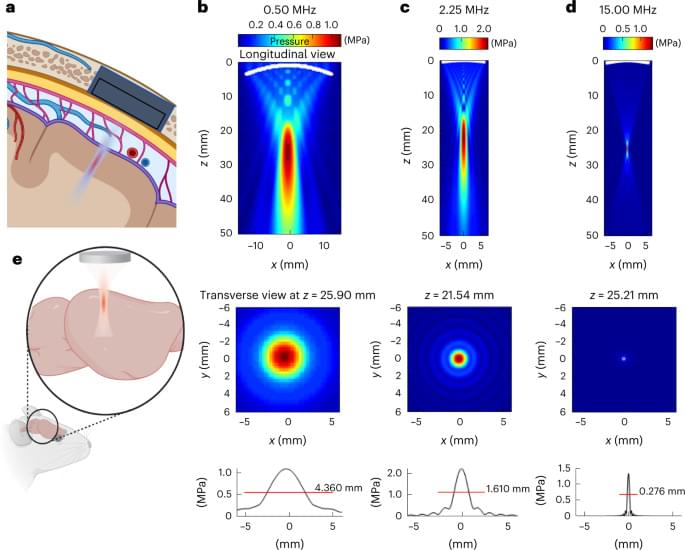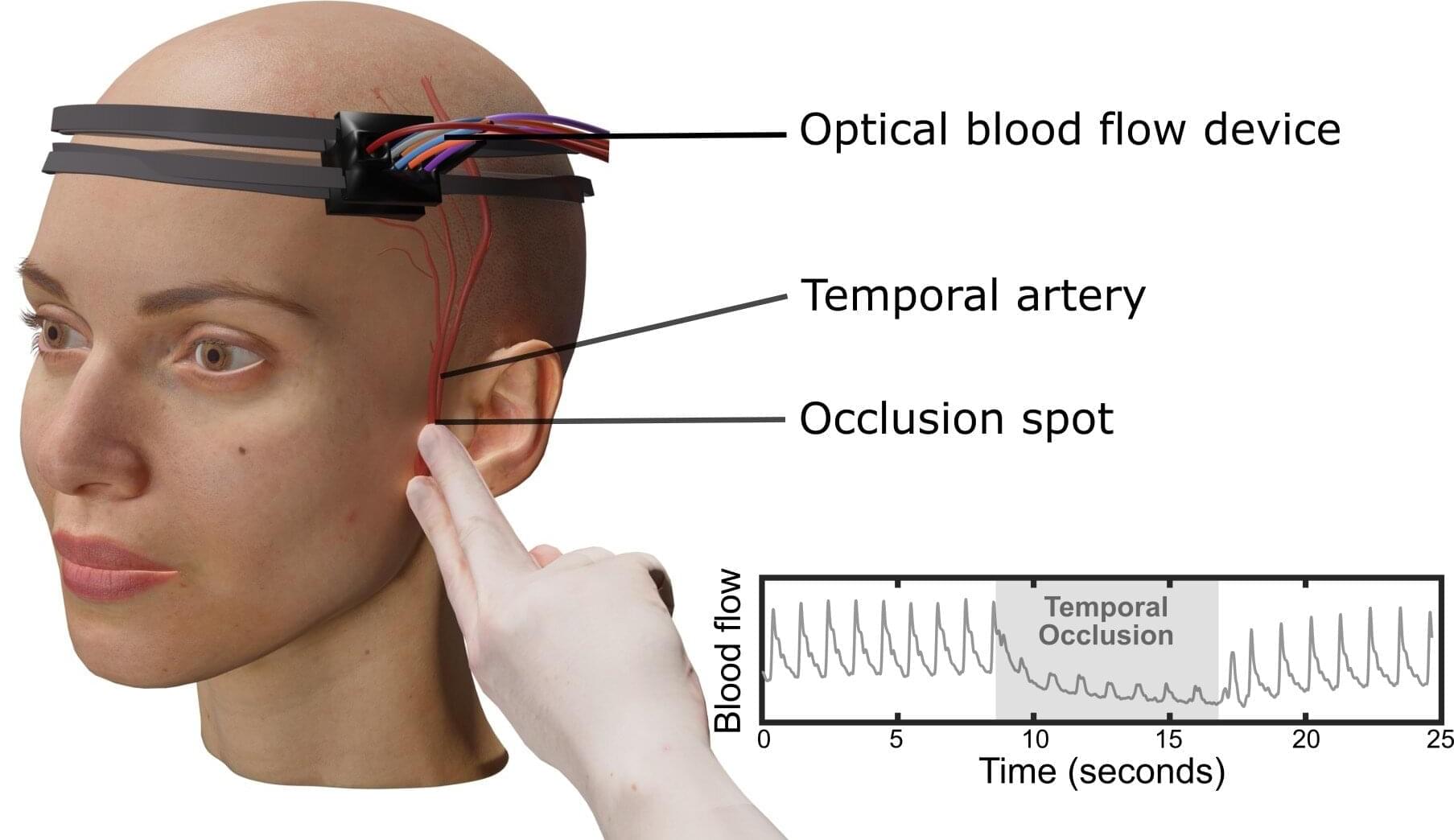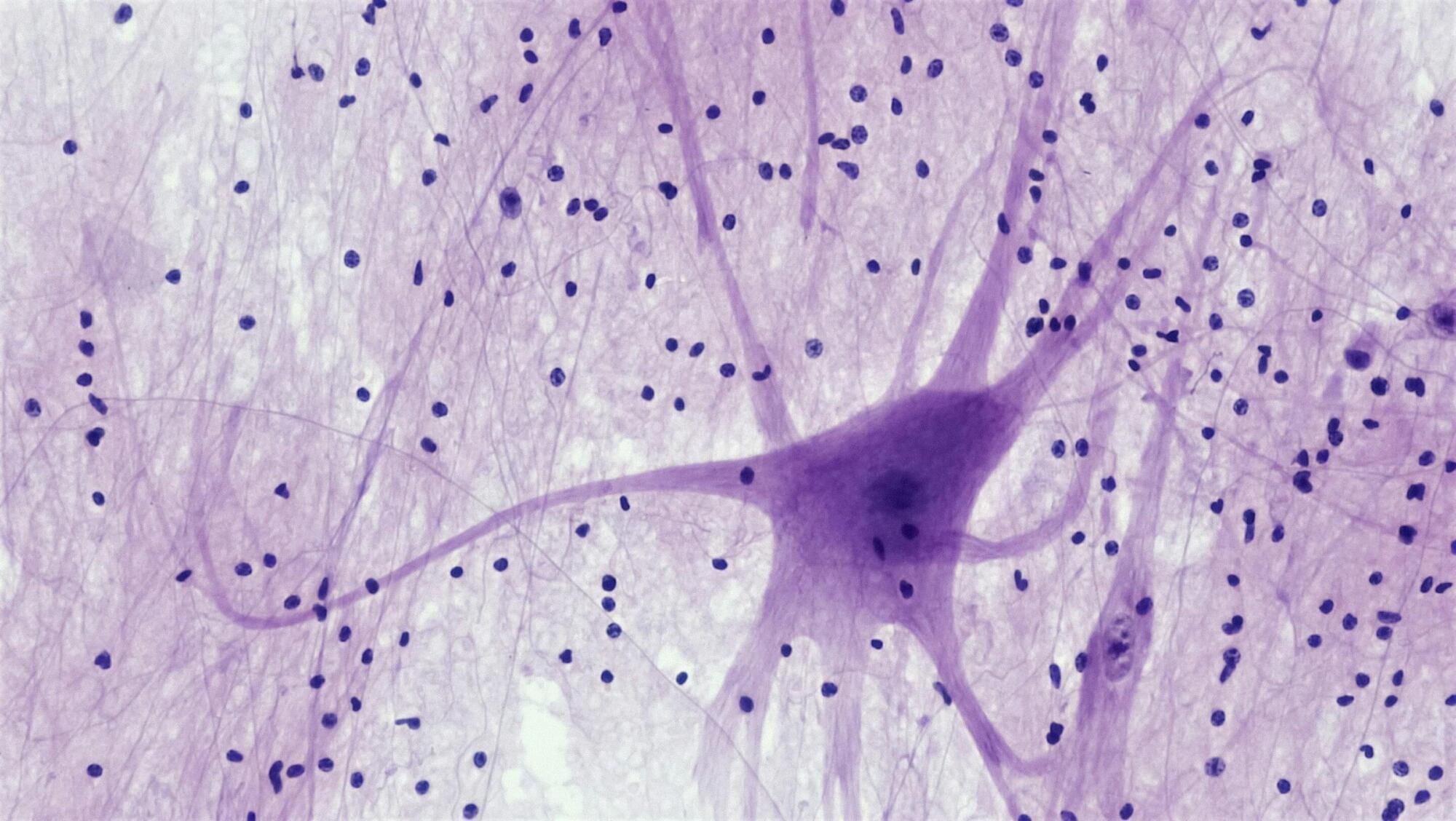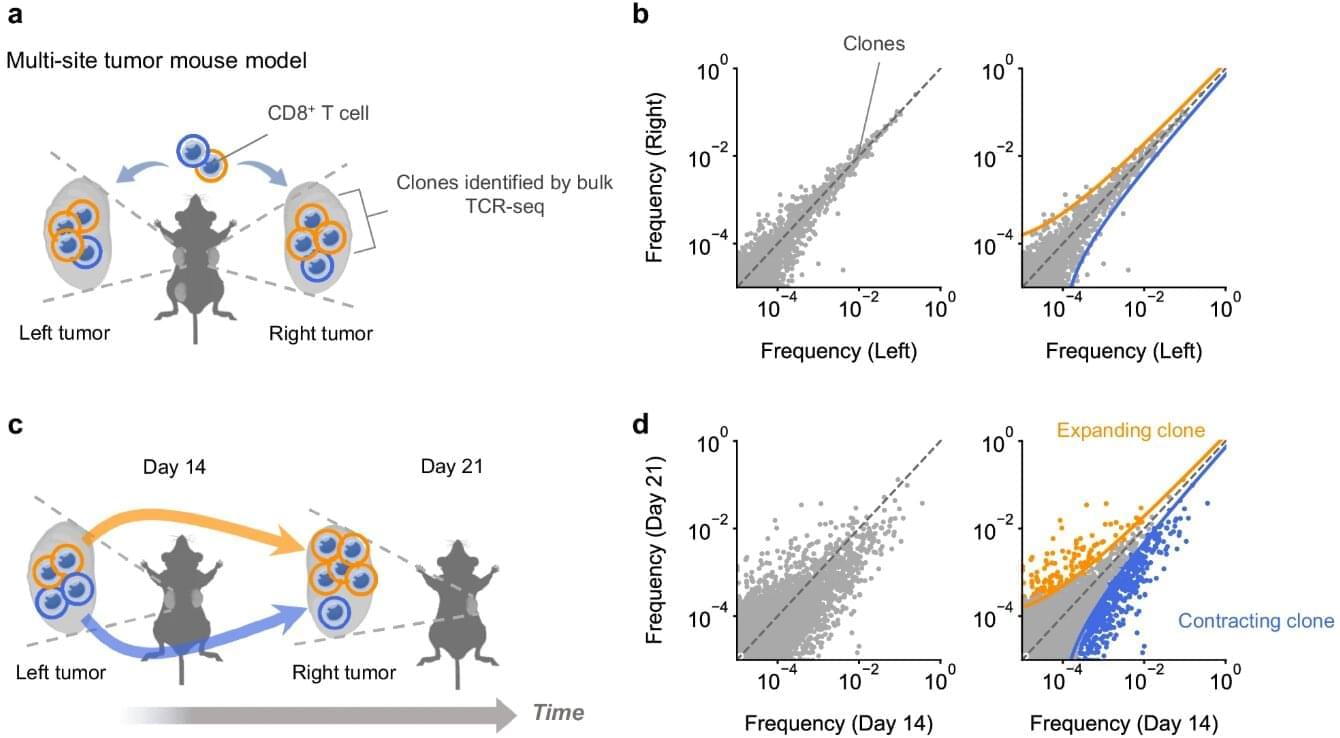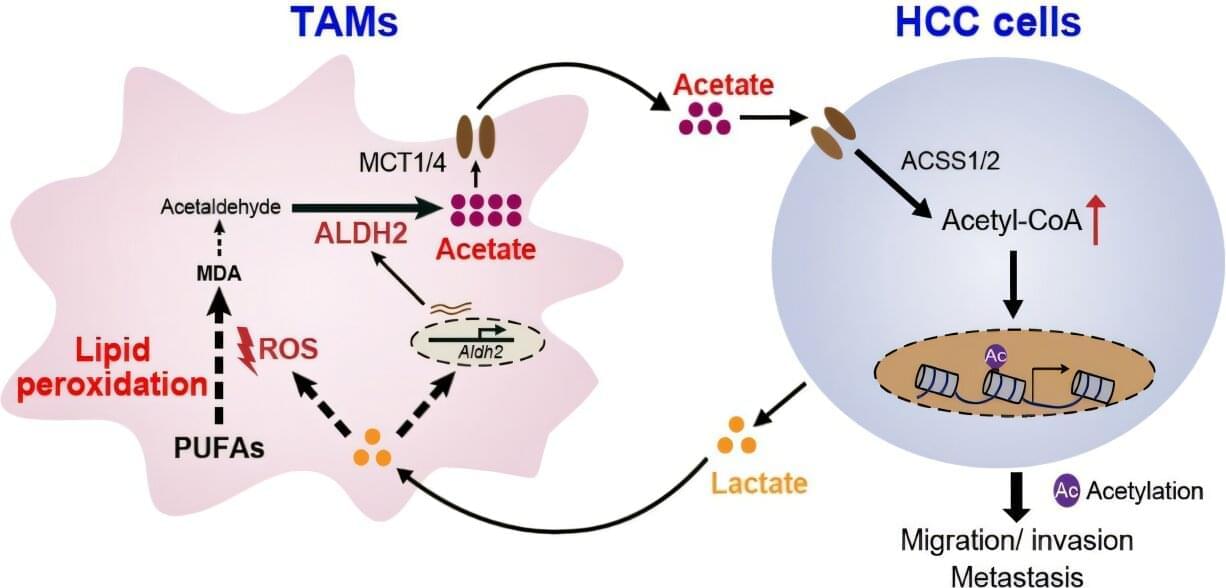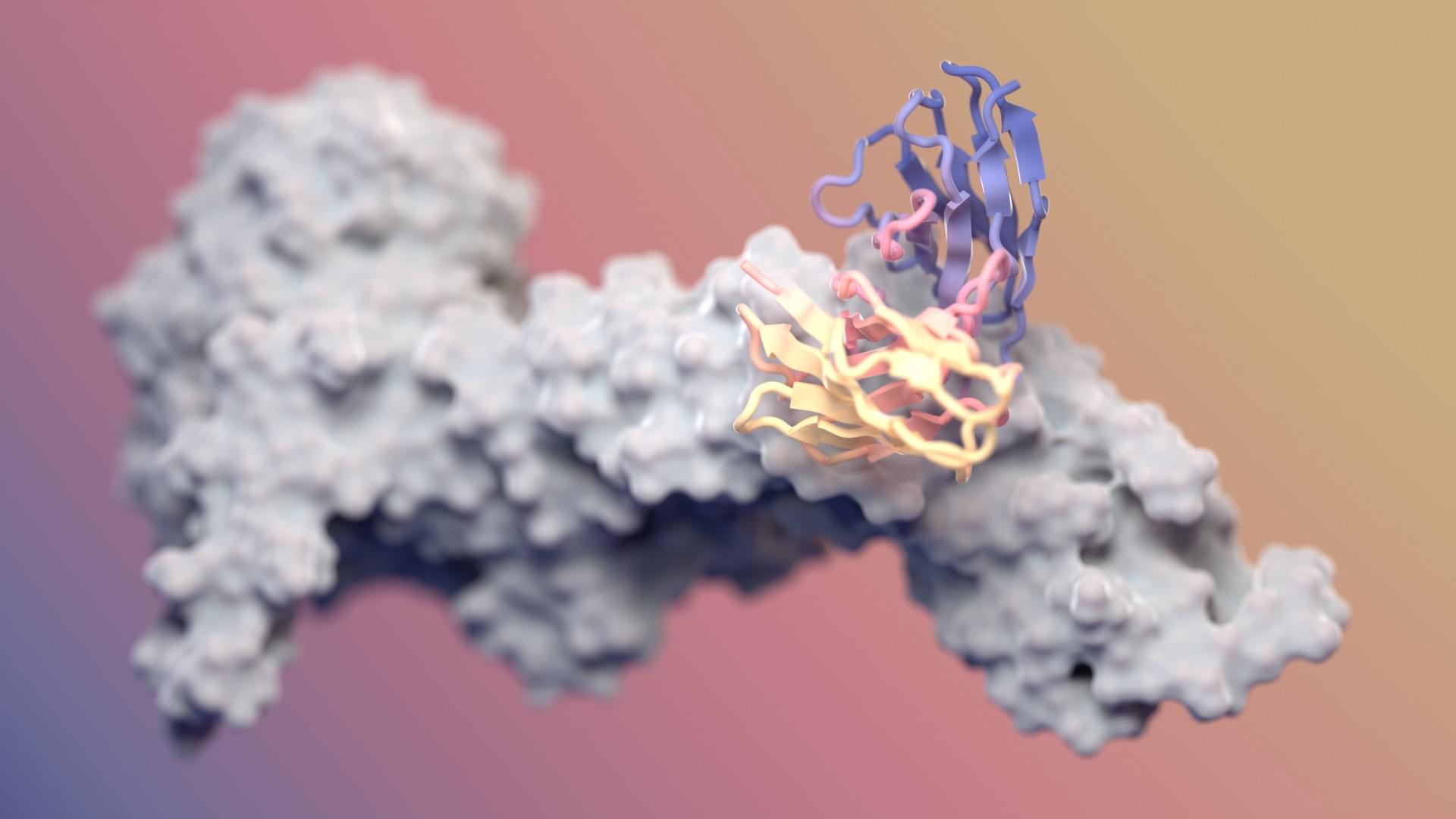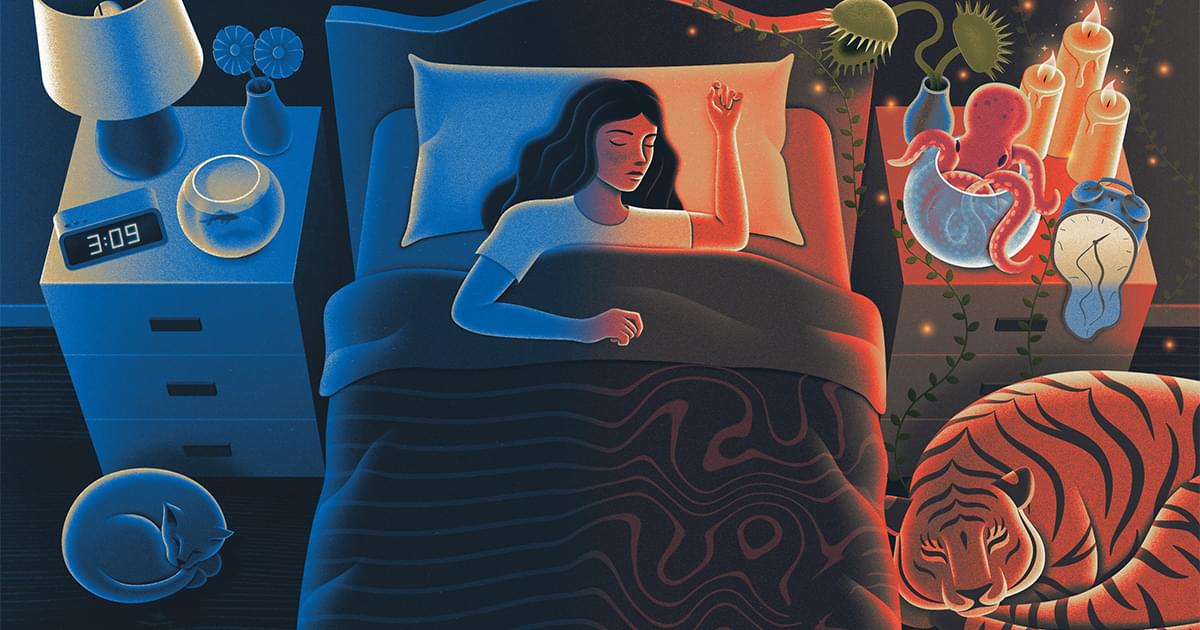Cadoni et al. show that expression of the bacterial sonogenetic ion channel MscL(G22S) allows focused ultrasound (FUS) neuromodulation of the mouse visual cortex. They even provide evidence for possible induction of a visual percept in mice via this approach, though much more work is needed to make this into a useful visual restoration method. It should be noted that some of the FUS frequencies used in Cadoni et al.’s experiments were quite high (15 MHz), so a surgically implanted cranial window was needed. I personally think that it would be better to focus on frequencies that can be employed in a transcranial fashion to minimize invasiveness. That said, there is still merit to moderately invasive methods as seen here. #sonogenetics [ https://www.nature.com/articles/s41565-023-01359-6](https://www.nature.com/articles/s41565-023-01359-6)
Sonogenetics provides neuron-specific activation at high spatiotemporal resolution ex vivo in retina and in vivo deep in the visual cortex using the AAV gene delivery of a mechanosensitive ion channel and low-intensity ultrasound stimulations.
